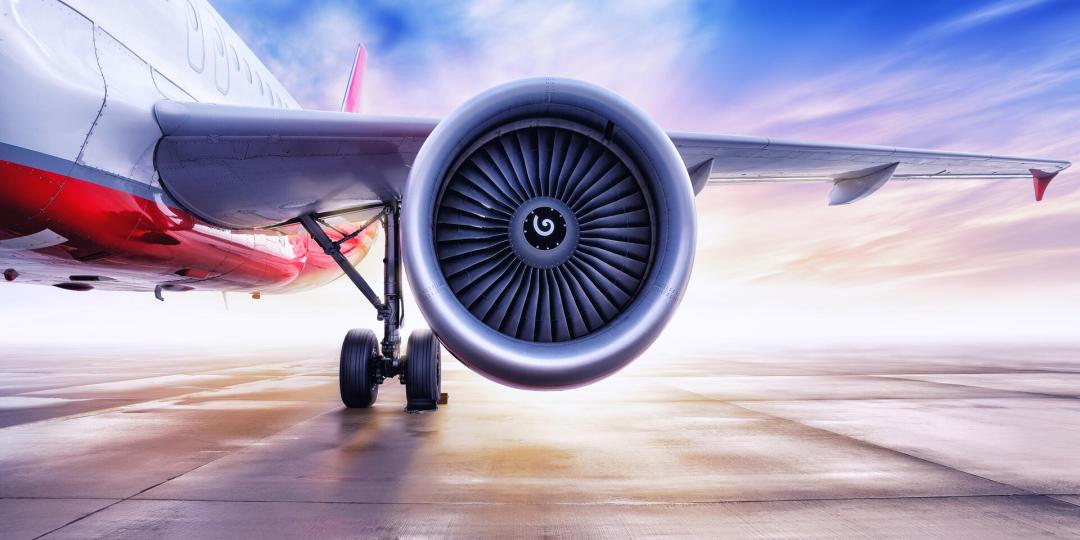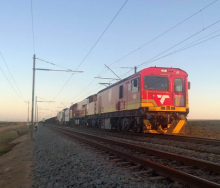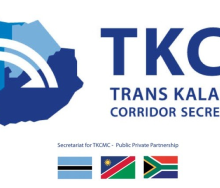In June, global air cargo markets recorded a 9.9% improvement on pre-Covid-19 performance (June 2019), pushing first-half air cargo growth to 8%, its strongest since 2017 (when the industry posted 10.2% year-on-year growth).
That’s according to the latest data published by the International Air Transport Association (Iata).
As comparisons between 2021 and 2020 monthly results are distorted by the extraordinary impact of Covid-19, the organisation points out that the comparisons relate to June 2019 which followed a normal demand pattern.
Global demand, measured in cargo tonne-kilometres (CTKs), was up 9.9% on June 2019 – although regional variations in performance are significant.
North American carriers contributed 5.9 percentage points (ppts) to the 9.9% growth rate while Middle East carriers contributed 2.1 ppts, European airlines 1.6 ppts, African airlines 0.5 ppts and Asia-Pacific carriers 0.3 ppts. Latin American carriers did not support the growth, shaving 0.5 ppts off the total.
Overall capacity, measured in available cargo tonne-kilometres (ACTKs), remained constrained at 10.8% below pre-Covid-19 levels (June 2019) due to the ongoing grounding of passenger aircraft. Belly capacity was down 38.9%, partially offset by a 29.7% increase in dedicated freighter capacity.
African airlines’ international cargo increased 33.5%. This was the strongest performance of all regions, but notably on small volumes (African carriers carry 2% of global cargo). International capacity in June decreased by 4.9% compared to the same month in 2019.
“Air cargo is doing brisk business as the global economy continues its recovery from the Covid-19 crisis. With first-half demand 8% above pre-crisis levels, air cargo is a revenue lifeline for many airlines as they struggle with border closures that continue to devastate the international passenger business. Importantly, the strong first-half performance looks set to continue,” said Willie Walsh, Iata’s Director General.













